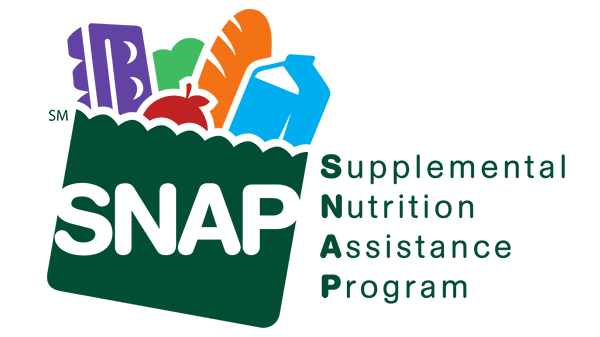Politically, 2022 was a pretty good year from the produce industry’s point of view.
Biden administration proposals for expanding the Supplemental Nutritional Assistance Program (SNAP, aka food stamps) Biden-Harris Administration National Strategy on Hunger, Nutrition, and Health – Southeast Crescent Regional Commission (scrc.gov) jibed pretty well with the moonshot goals announced by the International Fresh Produce Association BB #:378962 last summer. IFPA Contributes 8-Point Produce Plan for National Nutrition Strategy (freshproduce.com)
One element of the administration’s proposals: “To increase access to fruits and vegetables for SNAP recipients, the Biden-Harris Administration will work with Congress to increase the reach and impact of incentives for fruits and vegetables in SNAP. Pilots have shown that creating incentives in SNAP to support purchasing more fruits and vegetables have been an effective way for people to eat healthier foods.”

Where does that all stand now? In a place of much greater uncertainty.
At present, House Republicans are calling for cuts to SNAP benefits. https://www.washingtonpost.com/us-policy/2023/02/16/food-stamps-gop-proposed-cuts/
“We need to go back to the Clinton-era welfare-to-work reforms,” Rep. Jodey Arrington (R-TX), the leader of the House Budget Committee, said, as quoted by the Washington Post.
Party differences on SNAP were evident in the February 16 session of the Senate Committee on Agriculture, Nutrition, and Forestry. https://www.agriculture.senate.gov/hearings/farm-bill-2023-nutrition-programs
Democrats emphasized the pressing need for SNAP benefits given poverty levels that are in many places astonishing: Sen. Peter Welch (D-VT) said that on a recent visit to St. Albans, VT, some 80 percent of children were eligible for SNAP. Sen. Kirsten Gillibrand (D-NY) pointed out that SNAP benefits were extremely low: $2 per meal.
Republicans focused on cost excesses and fraud in the SNAP program. Scammers draining SNAP accounts of all benefits, officials warn | The Hill
In the hearings, Sen. Charles Grassley (R-IA) pointed out that total spending on SNAP will amount to $1.2 trillion over the next 10 years. “The pandemic cannot be used as an excuse to ramp up federal spending,” Grassley contended.
Grassley pressed USDA deputy undersecretary for food, nutrition, and consumer services Stacy Dean about returning SNAP spending to levels of February 2020 (before the pandemic). Dean replied that it would probably take some time for this to occur.
“I want to solve hunger,” Gillibrand retorted to Grassley’s comments, adding, “We weren’t doing things right in 2020.”
We can take this discussion as a fairly accurate snapshot of current and future Congressional debate on SNAP.
The question for the produce industry: will the administration’s expanded benefits for spending on fruit and vegetables survive the Congressional meat grinder?
One plausible outcome is that overall, SNAP benefits will survive the budget battle more or less as they are, but additional programs—including increased benefits for fruits and vegetables—may well not make it through.



